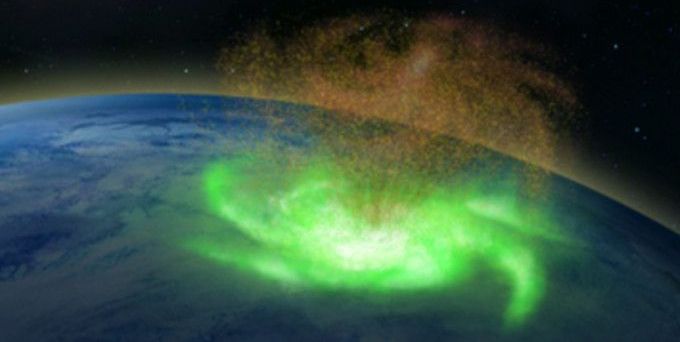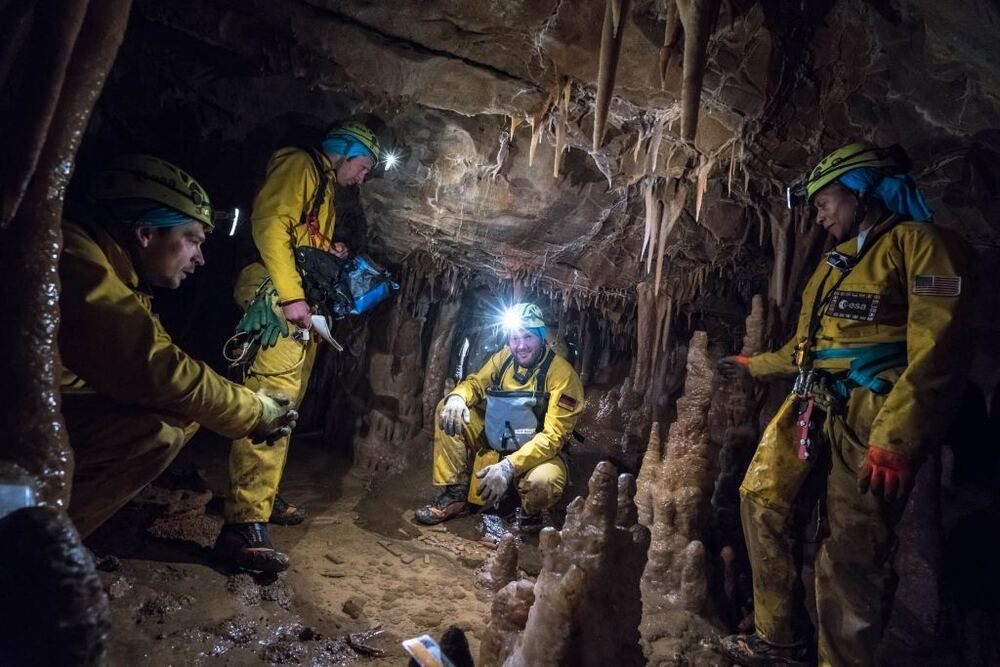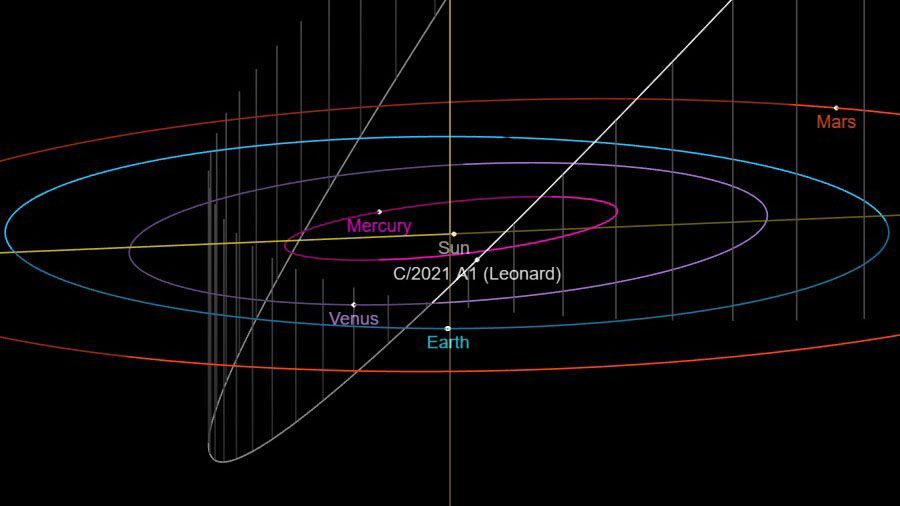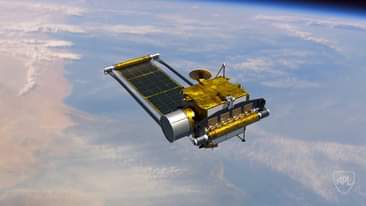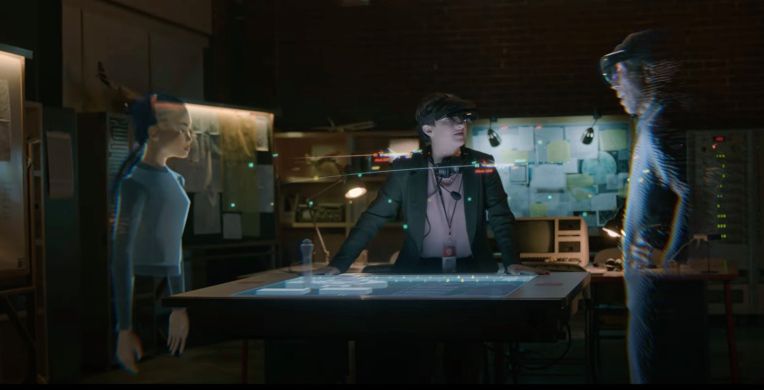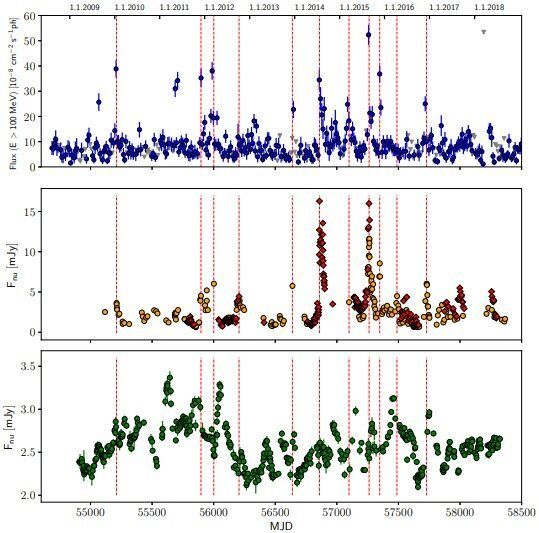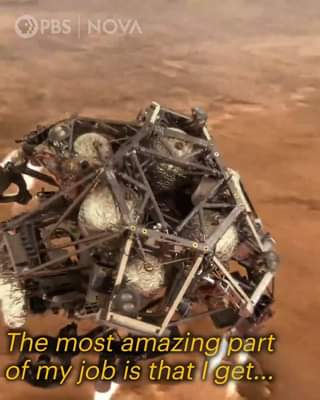The China National Space Administration (CNSA) on Thursday released three high-resolution images of Mars captured by the country’s Tianwen-1 probe.
http://www.cctvplus.com/news/20210304/8180114.shtml#!language=1
Welcome to subscribe us on:
Facebook: https://www.facebook.com/NewsContent.CCTVPLUS
Twitter: https://twitter.com/CCTV_Plus.
LinkedIn: https://www.linkedin.com/company/cctv-news-content.
Video on Demand: www.cctvplus.com.
If you are in demand of this video footage, please contact with our business development team via email: [email protected]
